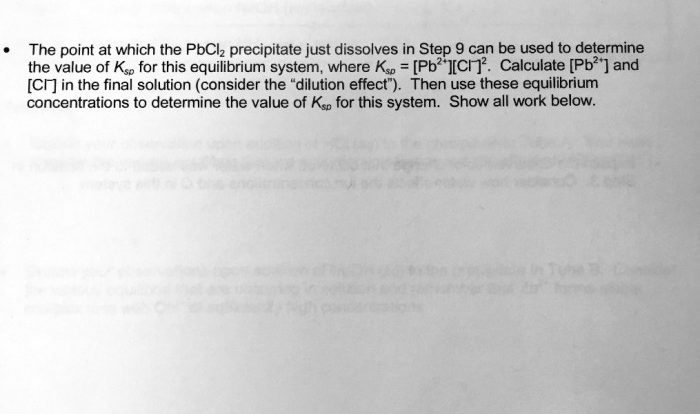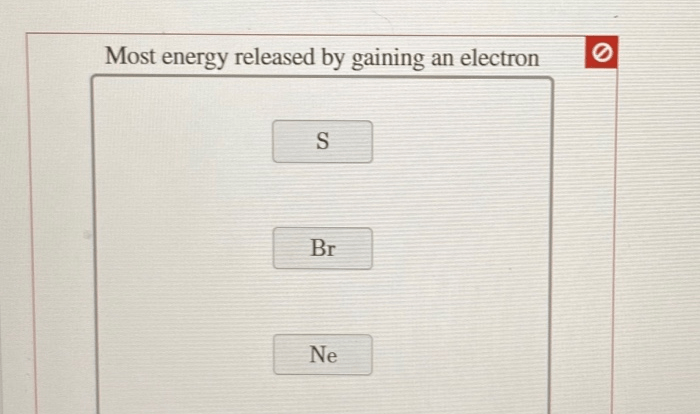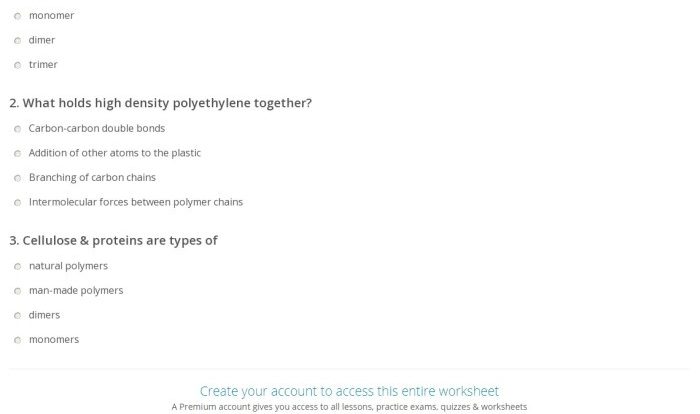This Naming Binary Compounds Worksheet with Answers provides a comprehensive guide to understanding the rules and conventions for naming binary compounds, including both ionic and covalent compounds. With clear explanations, examples, and a practice worksheet, this resource is designed to enhance your understanding and proficiency in chemical nomenclature.
Binary compounds are composed of two different elements, and their names reflect their composition and chemical bonding. Ionic binary compounds are formed between a metal and a nonmetal, while covalent binary compounds are formed between two nonmetals. The rules for naming these compounds vary depending on their type, and this worksheet provides a detailed overview of both.
Naming Binary Compounds
Binary compounds are chemical compounds composed of two different elements. They can be classified into two main types: ionic and covalent.Ionic binary compounds are formed between a metal and a non-metal. The metal loses one or more electrons to the non-metal, resulting in the formation of positively charged metal ions and negatively charged non-metal ions.
These ions are attracted to each other by electrostatic forces, forming an ionic bond. Examples of ionic binary compounds include sodium chloride (NaCl), potassium oxide (K2O), and calcium fluoride (CaF2).Covalent binary compounds are formed between two non-metals. The atoms share electrons to form covalent bonds.
Examples of covalent binary compounds include hydrogen chloride (HCl), carbon dioxide (CO2), and water (H2O).
Naming Ionic Binary Compounds, Naming binary compounds worksheet with answers
The rules for naming ionic binary compounds are as follows:
- The name of the metal is written first, followed by the name of the non-metal.
- The name of the metal is not changed.
- The name of the non-metal is changed to end in “-ide”.
For example, the ionic binary compound composed of sodium and chlorine is named sodium chloride. The name of the metal, sodium, is not changed. The name of the non-metal, chlorine, is changed to “chloride”.
Naming Covalent Binary Compounds
The rules for naming covalent binary compounds are as follows:
- The name of the first element is written first, followed by the name of the second element.
- The name of the first element is not changed.
- The name of the second element is changed to end in “-ide”.
- A prefix is used to indicate the number of atoms of each element in the compound.
For example, the covalent binary compound composed of two hydrogen atoms and one oxygen atom is named dihydrogen monoxide. The name of the first element, hydrogen, is not changed. The name of the second element, oxygen, is changed to “oxide”.
The prefix “di-” is used to indicate that there are two hydrogen atoms in the compound.
Prefixes for Multiple Atoms
The following prefixes are used to indicate the number of atoms of each element in a binary compound:
| Prefix | Number of Atoms |
|---|---|
| mono- | 1 |
| di- | 2 |
| tri- | 3 |
| tetra- | 4 |
| penta- | 5 |
| hexa- | 6 |
| hepta- | 7 |
| octa- | 8 |
| nona- | 9 |
| deca- | 10 |
Exceptions to Naming Rules
There are a few exceptions to the general rules for naming binary compounds. These exceptions include:
- The name of the non-metal “fluorine” does not change to end in “-ide” when it is in a binary compound.
- The prefix “mono-” is not used for the first element in a binary compound.
- The prefixes “di-” and “tri-” are not used for the second element in a binary compound if the first element is a metal.
Essential Questionnaire: Naming Binary Compounds Worksheet With Answers
What are the different types of binary compounds?
There are two main types of binary compounds: ionic and covalent. Ionic binary compounds are formed between a metal and a nonmetal, while covalent binary compounds are formed between two nonmetals.
How do you name ionic binary compounds?
Ionic binary compounds are named using the name of the metal followed by the name of the nonmetal, with the nonmetal ending in -ide. For example, NaCl is named sodium chloride.
How do you name covalent binary compounds?
Covalent binary compounds are named using prefixes to indicate the number of atoms of each element, followed by the root name of the element. For example, CO2 is named carbon dioxide.





